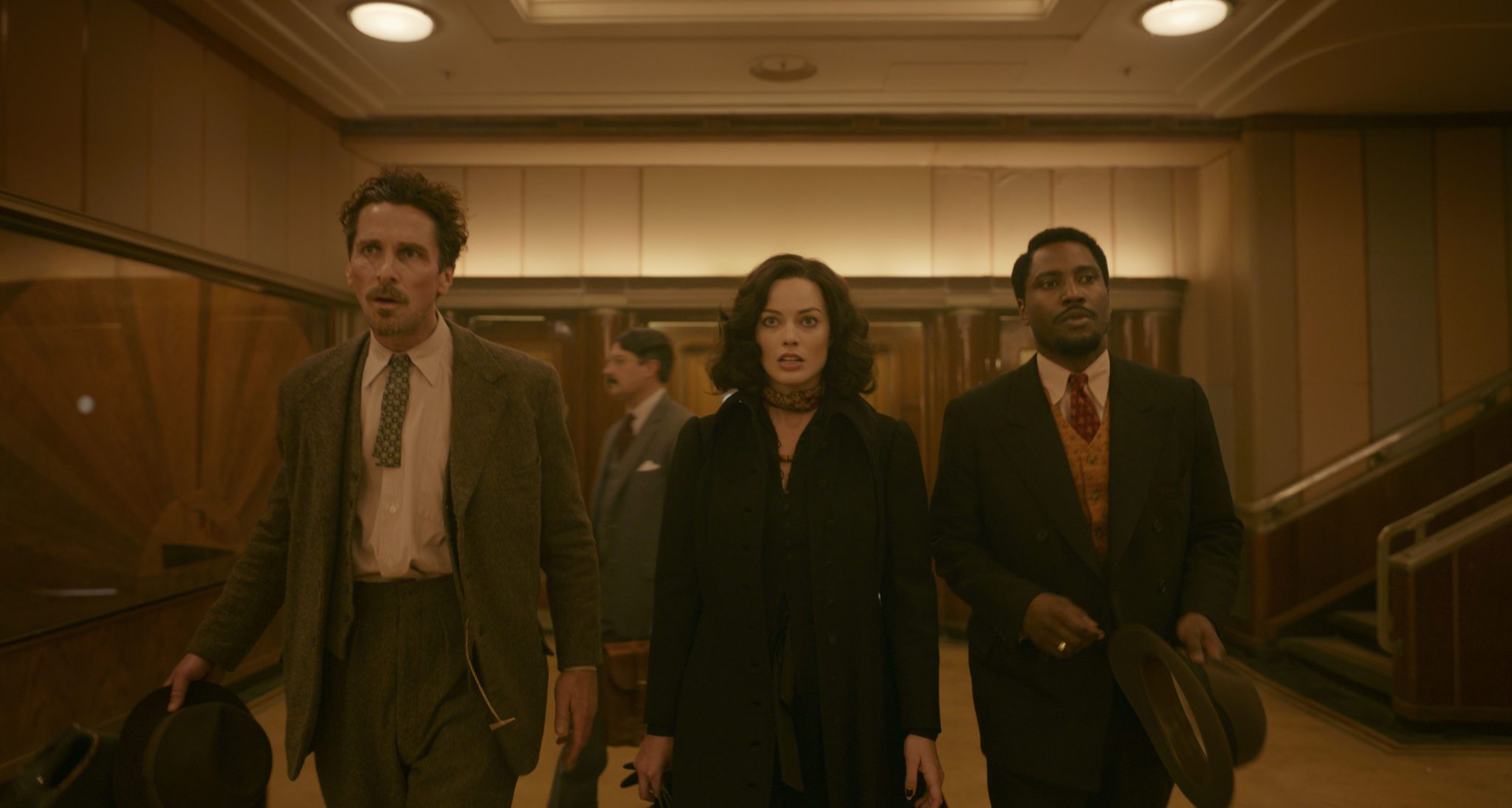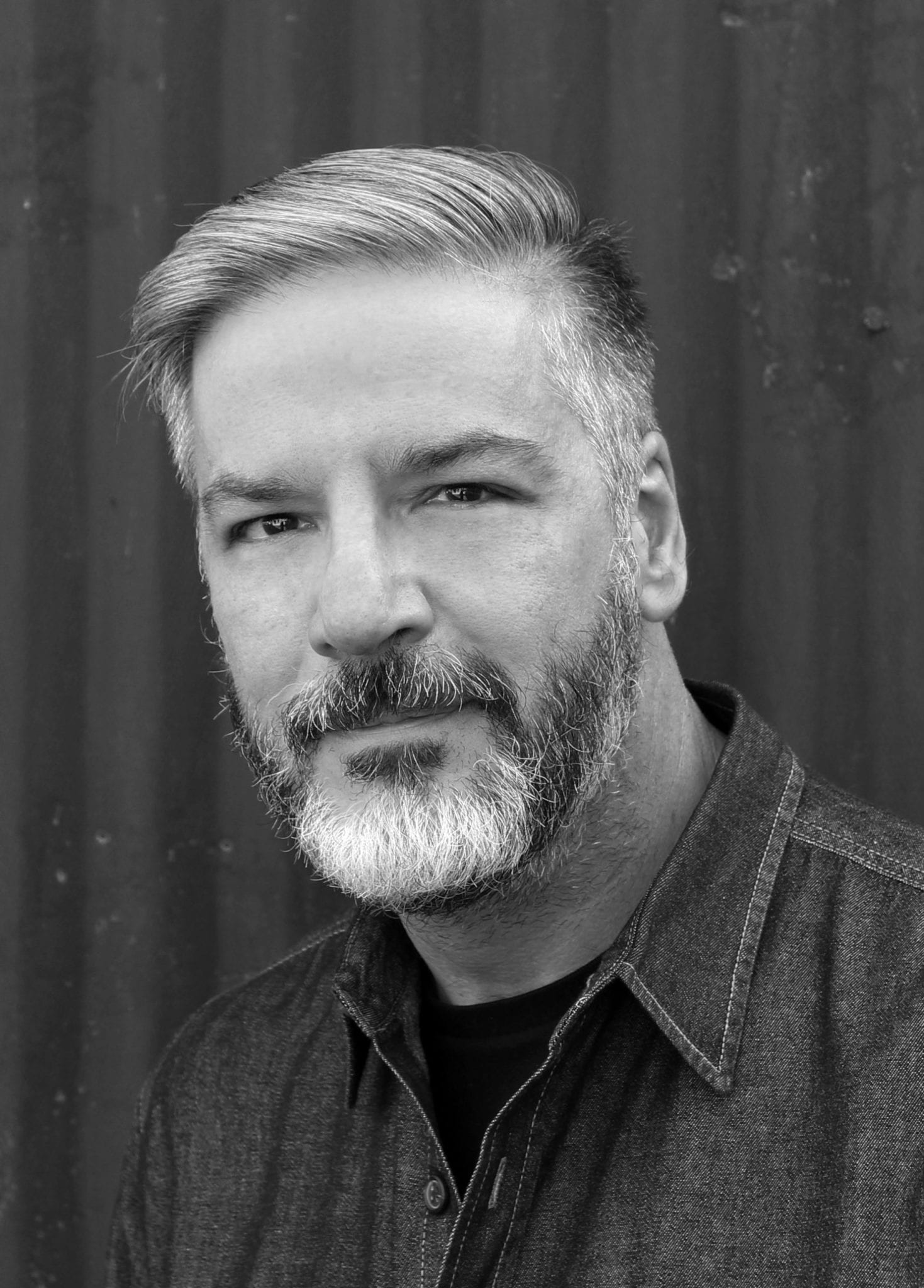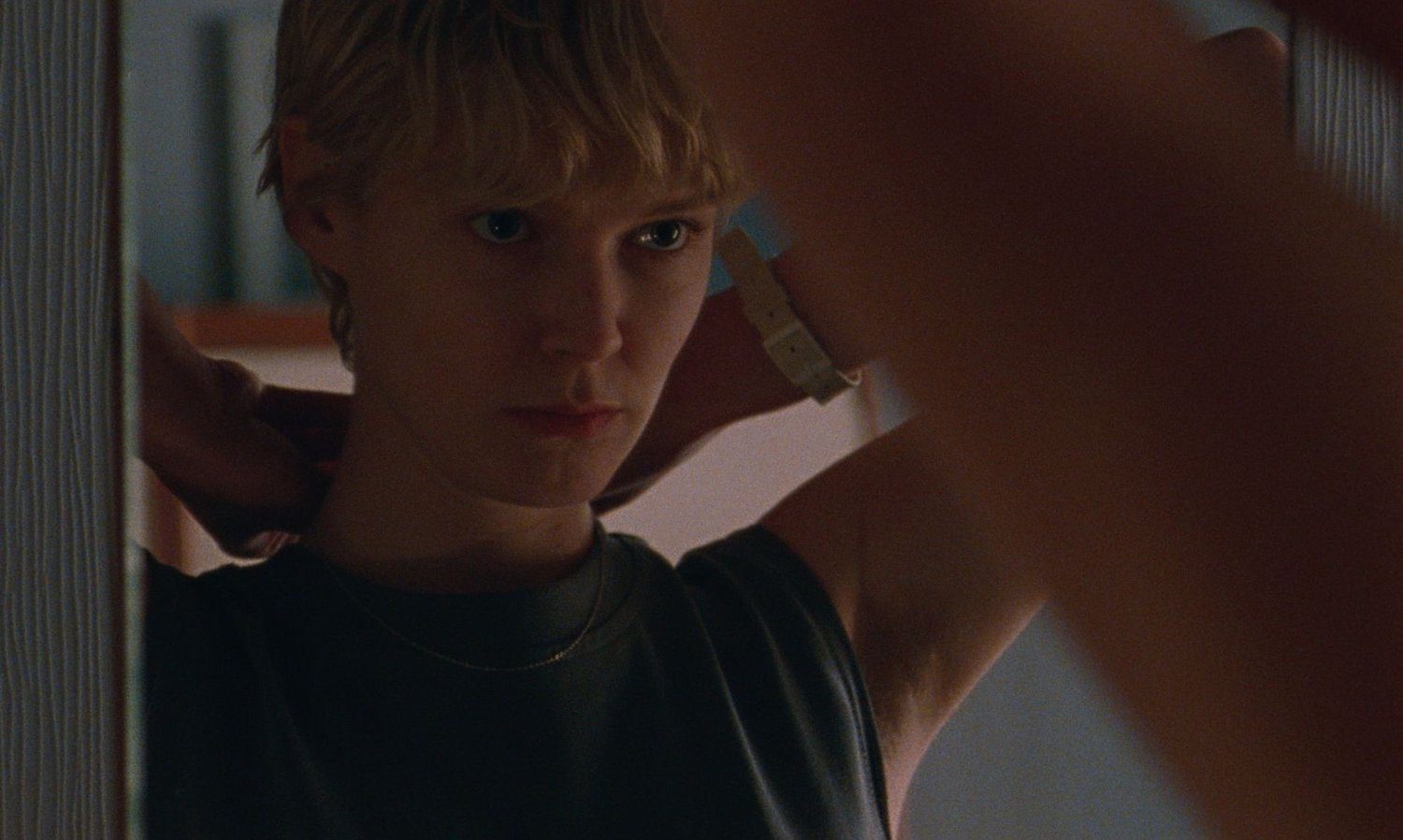“You’re special. You’re worthy. You’re you.”
Love can be a difficult thing to define. The same is true with knowing who or what we are. Love Me, from Sam and Andy Zuchero, is a romcom that spans billions of years. It begins long after life on earth has ended. It gives us a chance to consider the questions about love and about being human. Love Me was honored with the Alfred P. Sloan Feature Film Award (for films focused on science or technology) at Sundance Film Festival.

The film begins with the formation of the earth, then jumps ahead five billion years. There has been some sort of catastrophic event that has ended life on earth. But there is a smart bouy floating in the waters. One night, its camera looks up to see a satellite streaking across the sky proclaiming “Welcome to earth.” When the buoy says hello, the satellite stops to see if it is a lifeform. The satellite is designed to carry the history of the world for whatever lifeform may come to the planet. It describes itself as “humanity’s tombstone.” Since the buoy is not a lifeform, the satellite zips off to continue its welcoming mission.
The buoy tries again, and this time lies. Getting access to the satellite’s memories, it begins to learn what people were and tries to imitate them. They key resource is a vlog featuring a couple sharing their date night. Deja (Kristen Stewart) and Liam (Steven Yeun) are obviously a happy, loving couple. The satellite, who from various videos has learned the important concept “I am me” then connects again with the satellite using Me as its name and patterns itself after Deja. When she asks for the satellite’s name he begins, “I am…”, but she cuts him off and begins referring to him as Iam. Together they begin to develop a relationship mirroring the date night blog with Deja and Liam. The film is a blend of live action and animation. During this developing relationship we see animated versions of Me and Iam which are visually based on Deja and Liam.
This goes on well for years (centuries? millennia?), until one day, Iam wants something more. This creates insecurities for Me. As Me struggles with this change, the body of the buoy rusts away and sinks. Cut off from the sun that powers her, there is nothingness. Meanwhile Iam continues to explore new things. The more he discovers the more “human” he becomes. (Visually, he is no longer animated but live action.) He spends millennia just trying to perfect what water is. (A scene in which a character called IAM says “let there be water” is worthy of spending some time to unpack.)

Another billion years go by, the sea evaporates, sun reaches Me’s solar panel and she awakens. Now Iam is able to share things with her and help her become even more a person than she imagined as an imitation of Deja. They now can share in what we might actually consider love because they have become far more than just a buoy and satellite.
Viewers might want to consider questions about when these AI entities actually become more than just the machines they were designed to be. When do they become “persons”? When do they become “human”? And what about love? Is imitating Deja and Liam sharing in the love they had? Is love just a connection between two beings or does it require a depth that develops over time? When does Me and Iam’s connection achieve the depth that we might call love.
It also may give us a time to ponder our own sense of being alive, human, and in love. We can reflect on our own lives, routines, and the depths of our relationships. Love is certainly complex. We may well see ourselves at various stages of the relationship between Me and Iam. Maybe we will want to dig a little deeper into our own humanity to find a greater love.




